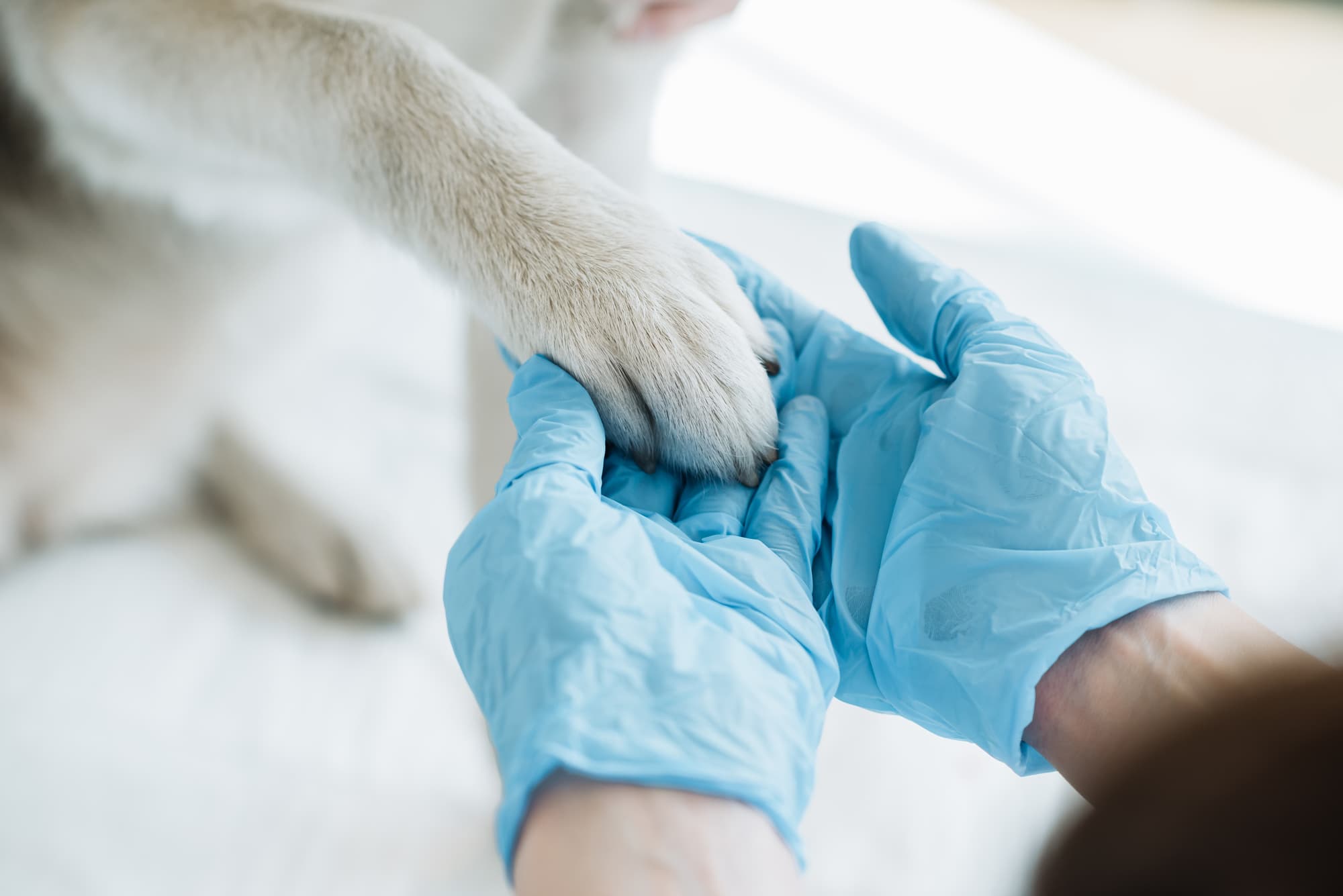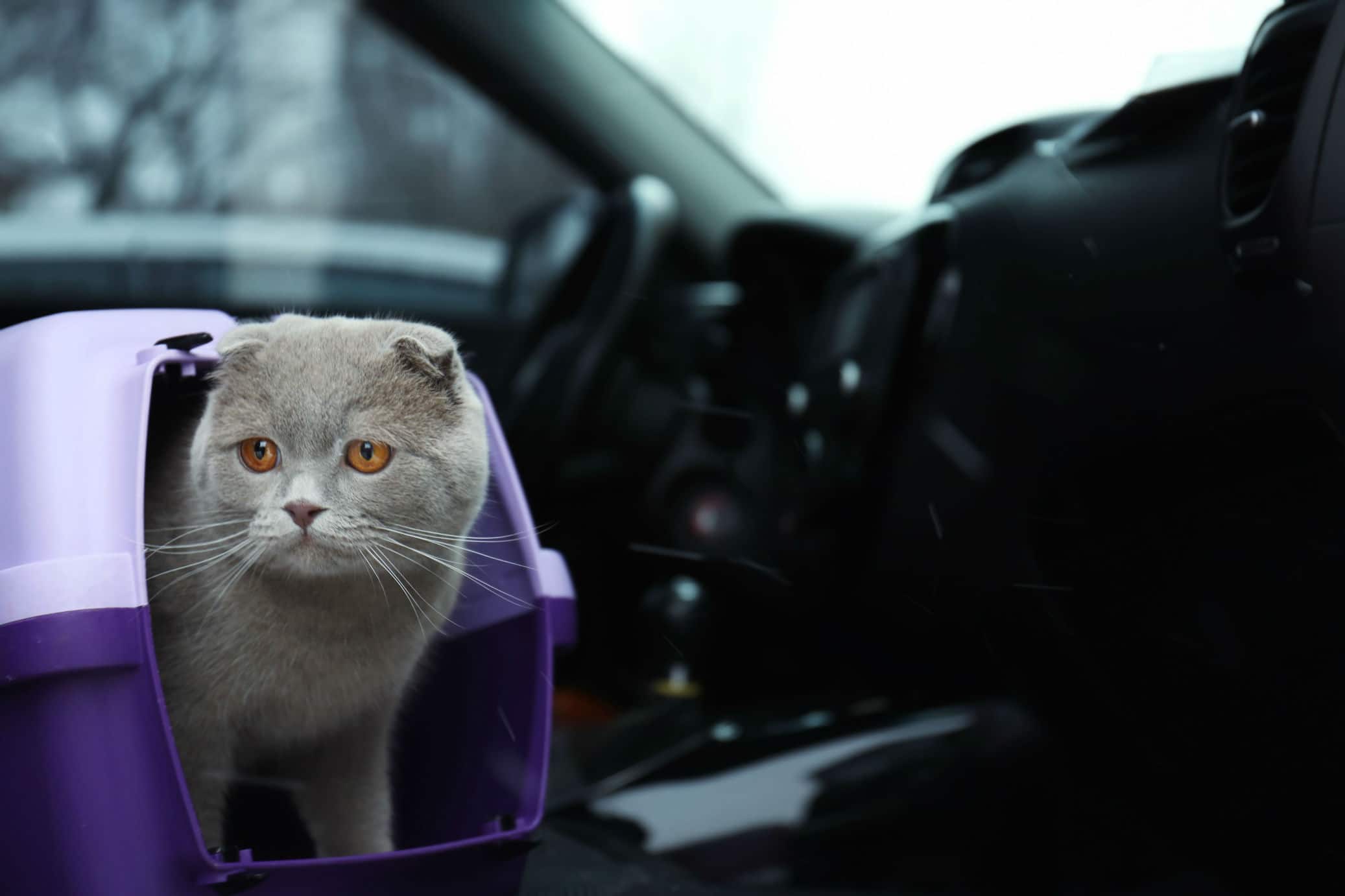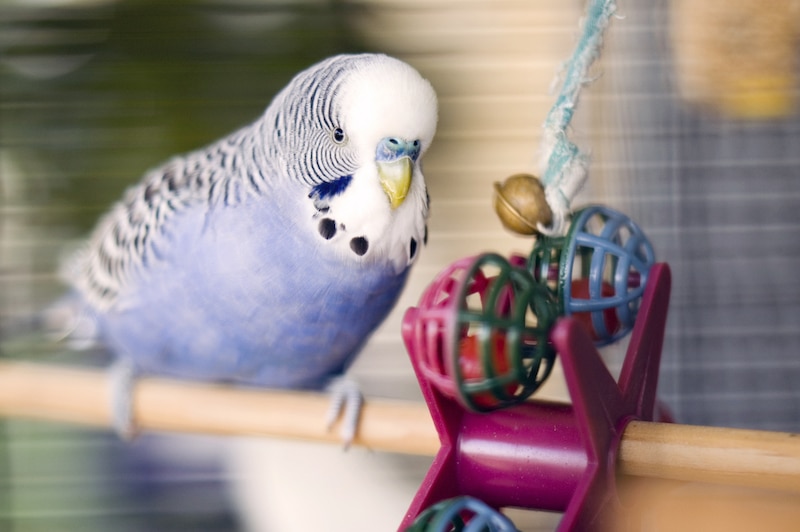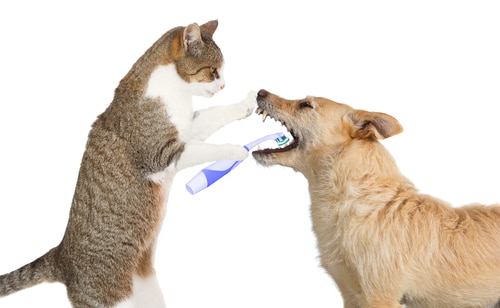Dogs aren’t called man’s best friend for no reason. Pets of all kinds become an important part of our lives. So, when something happens to them, it is just the same as when something happens to a human family member!
To be best equipped for dealing with any health concerns or medical emergencies that may arise with your pet, we recommend that you invest in pet insurance. We know that, with so many options, pet insurance can be a confusing topic for many people. That’s why we’ve provided our top tips and tricks to making the most of the pet insurance that is available.
What Pet Insurance Covers
Pet insurance provides financial coverage for when your animal is faced with an unexpected illness or accident. Having pet insurance means that, rather than paying for procedures out of pocket, you have peace of mind knowing that any procedure your pet may need will be covered. Not only will this save you money, but it could end up saving the life of your pet. By investing in pet insurance, you will be able to make sure that any decision made about your pet’s health is made in their best interest, rather than opting for the least expensive option.
Pet insurance covers everything from veterinary bills when your pet might be injured or sick, to any care, surgery or procedures necessary for unexpected accidents or illnesses, including genetic and hereditary conditions. Just be sure to check the fine print on your policy—some policies exclude hereditary conditions.
The only thing that pet insurance typically won’t cover are pre-existing conditions. There is also what is often referred to as “wellness care”, which includes neutering, vaccinations and dental care. These procedures are not covered in all plans, but some insurance plans will allow them as add-ons which is often not very expensive (usually around $100) and if you make use of it, it can offer good value.
Start as Early as Possible
Like health insurance for humans, you will get the most benefit if you invest in pet insurance as soon as possible. If any signs of illness arise in your pet before you obtain pet insurance, these tend to be deemed as pre-existing conditions. You won’t receive the same level of coverage for pre-existing conditions as you would for new issues that arise. Many puppies can be prone to things like ear infections, digestive upsets and vomiting so it’s best to have them insured from the moment you take them home!
Include Dental Cover
Over 70% of cats and dogs aged 3 years or older have dental disease. This is why we recommend ensuring that any pet insurance you choose to invest in also has an element of dental cover. Nearly all cats and dogs will require dental treatment throughout their lives. If not treated, issues with dental health could lead to a myriad of other health problems. Ensure you’re covered for all possibilities by including dental cover in your pet insurance.
Accident-Only Cover, or Comprehensive Accident and Illness Cover?
Most plans fall into two broad categories: Accident-Only, or Accident and Illness. Ask your insurer for a list of what is included in their accident-only plans because most policies only cover half a dozen types of accidents, making it difficult to claim. Pet owners are much more likely to claim for illnesses.
Why You Can’t Afford Not to Have Pet Insurance
We’re well aware that finances and money can be a juggling act for even the most financially secure. And we know that some of you reading this will be thinking that you can’t afford pet insurance, and that you’ll be fine without it. But if you think you can’t afford pet insurance, then you probably won’t be able to afford all the vet bills that will come if your pet does get seriously sick or injured. For those out there who think they can’t afford health insurance, you are exactly the people that do need it! Make sure your pet is in the best position to be around for as long as possible, even if it’s just with the most basic cover.
While it may seem like a hefty financial commitment, the amount of money you receive with insurance is far more than we find people typically set aside for their pets with a regular savings plan. So, when you’re looking into different types of pet insurance, just remember that the pros will far outweigh any cons at the end of the day.
Expected Costs
To give you an idea of the kinds of costs that illness or injury can incur, here are some expected costs for different vet claims:
- Cruciate TPLO surgery: $3,500 to $4,500
- Diabetes Treatment or Surgery: $5,600
- Arthritis Treatment: $2,100
- Pneumonia Treatment: $3,350
- Snake Bite Treatment: $3,900
These costs are just a rough indicator of how much people typically claim for different illnesses, injuries or procedures. Of course, every animal and procedure is unique so it’s important to check what the cost will be with us before claiming.
To get the most benefits out of your pet insurance, we recommend getting it as soon as possible so your pet’s next treatment will be covered and as stress-free as we can make it. There are multiple different types of pet insurance on the market, including RSPCA and Bupa, but it’s all about finding one that’s right for you and your pet.
Need to Make an Appointment?
If you’re interested in booking an appointment simply:
- Book an appointment online
- Call us on (03) 9482 1913
- Pop in and visit us at 339 High Street, Northcote, 3070






